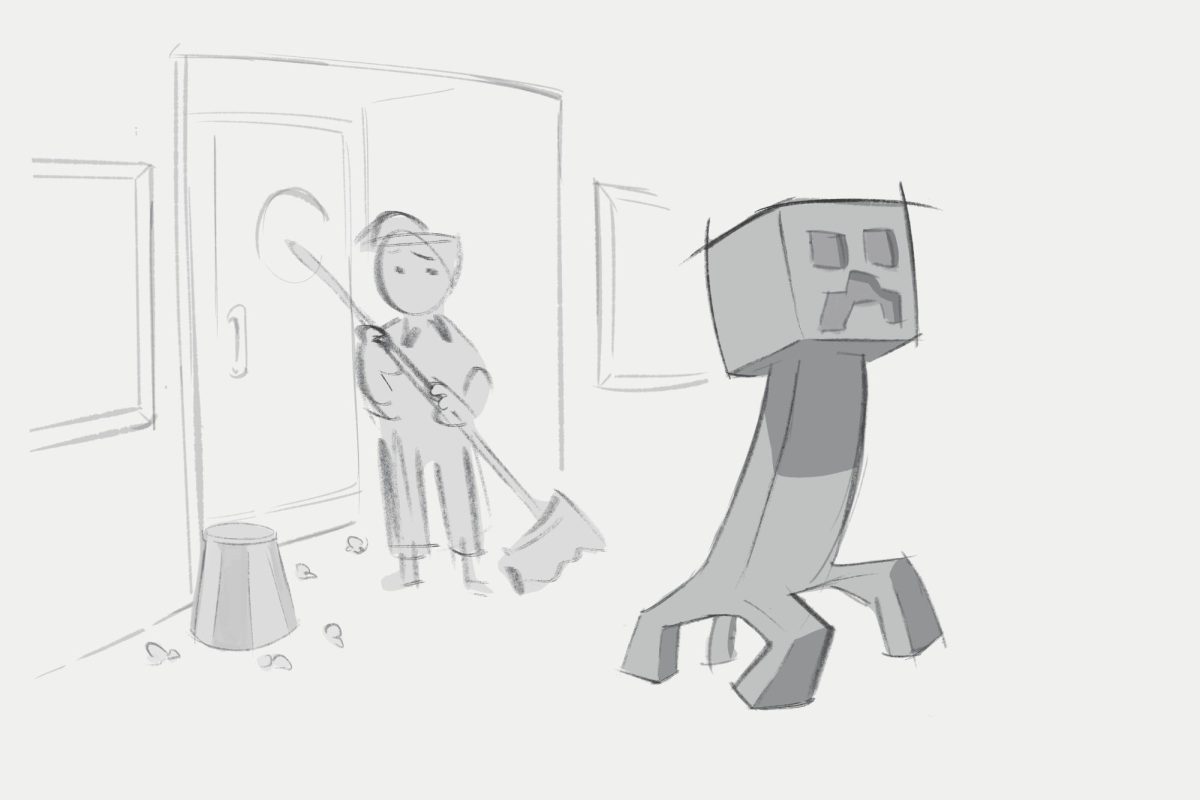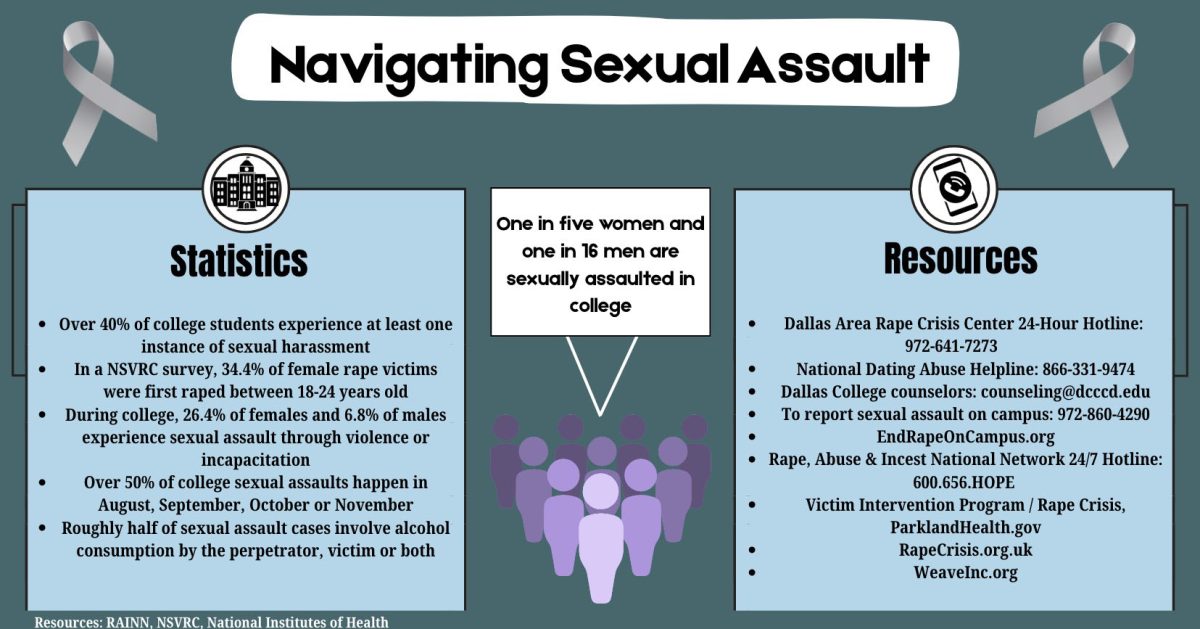By Sam Doherty
Staff Writer

In most cases, when an athlete breaks or severely injures their arm, leg, back, knee, neck or foot while participating in a sport, they do not return to the field of play. In fact, the athlete will usually be taken to the hospital for X-rays in order to make sure nothing is torn or broken.
If something is broken or fractured, it is in the athlete’s best interest to get it fixed immediately. Without the necessary precautions, the athlete’s body may never heal correctly, which can cause a lifetime of aches and pains. However, it boggles my mind that we are still allowing athletes to run right back out and compete after taking serious blows to their heads, which can cause a concussion.
Mildred Kelley, Brookhaven College nurse, said she thinks society does not take concussions seriously enough. “I think we … have a long way to go with protective equipment,” she said.
Getting one’s bell rung has always been a part of contact sports. Most people know concussions occur when someone’s head is hit hard enough to rattle the brain. What most people do not know is that concussions do not just cause the injured to stagger and stumble when they first suffer the vital blow.
Negative effects can impact the concussed individual for days, weeks and even decades afterward. Signs of depression can occur in the first week after receiving a concussion, according to a study done by the Journal of Athletic Training.
The worst part is, studies have found if one suffers just one depressive episode in their lifetime, there is a 50 percent chance they will suffer another. If they suffer a second depressive episode, there is an 80 percent chance they will suffer a third, according to the U.S. National Library of Medicine.
A prime, yet heavy-hearted, example is the late Junior Seau. Seau was a middle linebacker who played in the NFL for 20 seasons after playing college football for the University of Southern California. That was not a typo – he played for 20 seasons, not counting the four he played at USC. After playing for the San Diego Chargers, Miami Dolphins and New England Patriots, Seau finally decided to hang ‘em up and call it quits after the 2009 season.
Three years later, on May 2, 2012, Seau took his own life. He was 43 years old. At the time, no one could fully understand the pain and trauma Seau went through on a daily basis because no one knew the extent of damage multiple concussions can inflict on a human’s brain.
After Seau’s death, people wanted to know why a man who had a family, kids, a career, money and a huge fan base would suddenly commit suicide. Tests on Seau’s brain revealed the answer. Studies conducted by the National Institute of Neurological Disorders and Stroke, which is part of the National Institutes of Health, determined Seau suffered from chronic traumatic encephalopathy, better known as CTE.
This type of chronic brain damage has since been found in other deceased former NFL players studied after Seau’s suicide. The findings on Seau were similar to autopsies of people with exposure to repetitive head injuries, according to the NIH.
Like Seau, Dave Duerson, an NFL player from 1983 to 1993, shot himself in the chest in 2011. He left a suicide note requesting that his brain be studied for trauma. His brain was sent to the Boston University School of Medicine for research, where neurologists confirmed Duerson had CTE, just like Seau.
Duerson’s suicide got the research going, but it was Seau’s death that finally gave concussions the attention they deserve in today’s contact sports. Just this season, we are starting to see NFL players choose their lives over money and fame. For instance, NFL rookie Chris Borland recently retired after only one full season in the NFL. When asked on CBS’s “Face the Nation” why he decided to retire at the top of his game, Borland replied: “The decision was simple after I had done my research, and it was personal. I was concerned about neurological diseases down the road if I continued to play football, so I did a lot of research and gathered a lot of information, and to me, the decision made sense.”
Kelley said she thinks knowledge gained from recent research has heightened awareness.
However, Borland is unlikely to be the first of many.
Why do I say this? Well, it’s simple. I cannot speak for all athletes, but those who grow up in contact sports are expected to have a get-back-in-there attitude and play through the pain. Why? First, humans are generally competitive. We want to win. Second, professional athletes have a lot to lose – namely, a big, fat paycheck or scholarship.
Concussions can occur in all sports. In baseball, I have seen catchers get hit with the bat on a backswing and batters get beamed in their faces or heads. I have seen pitchers get leveled by balls driven right back at them by the hitter, leaving them with blood running out of their ears. In these instances, concussions can and have taken place. Concussions are most prevalent in football, hockey, boxing and mixed martial arts, but they can also occur in soccer, basketball, baseball, softball, volleyball and any other sport you can think of.
It used to be commonplace to give athletes smelling salts on the sidelines in order to get them back in the game. The salts might not be as widely used now as they once were, but players are still going back in the game because no one wants to let teammates down or look weak in the face of competition.
Hopefully, Borland’s early retirement has gotten the attention of his peers and, more importantly, the young athletes in today’s world, because contact sports are not getting any less physical.






